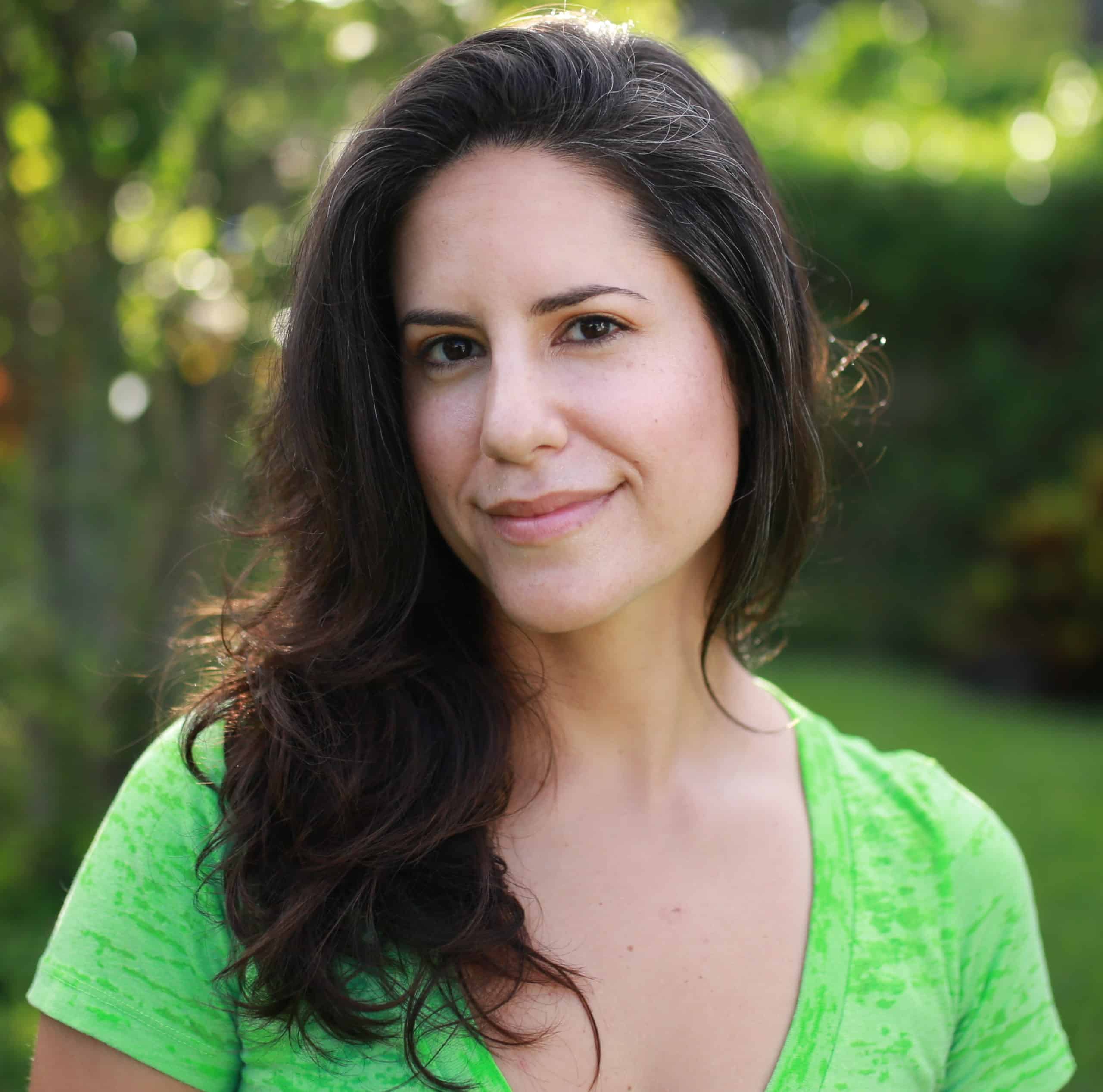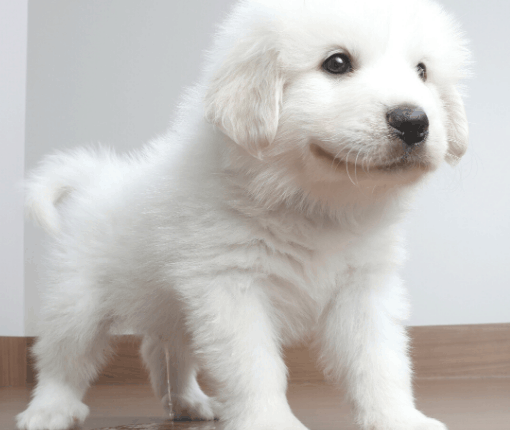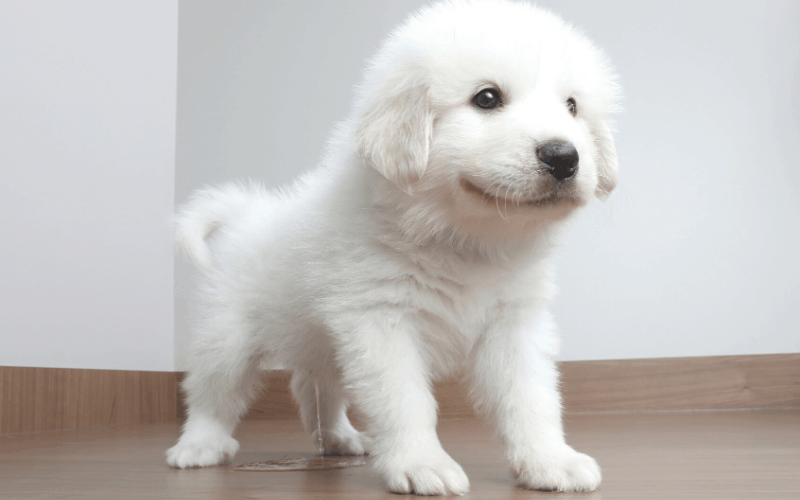House train your new puppy: potty training
You have a new holiday or second-wave pandemic puppy! Now is the time to establish good habits and create a beautiful relationship with your little one. Just like babies and toddlers, they are learning everything from the ground up. It’s our responsibility to guide them and teach them how to behave well, and what is safe and what is off limits, all while providing them with the best life possible. They thrive off of routine, which is where we can come in to help when you’re busy!
During COVID, raising a puppy is a little different. Socialization will be tricky, and teaching them how to be alone will be tricky, too (you will be going back to work, after all). But there are also positive side effects, like being able to monitor your puppy’s habits and behaviors more closely, which is important for consistently and effectively training your puppy.
Before you start training your new puppy:
Puppy-proof your house
- Look at your house from your new puppy’s point of view. Get on your hands and knees so you don’t miss anything at ground level- valuable things, shoes, etc.
- Keep anything dangerous, like cleaning supplies, behind locked cupboard doors or stored up high and electric cords out of reach.
Get your puppy training supplies:
- Dog crate. Be sure to pick the correct size. If the crate is too large, your puppy can use one end as a toilet which will set your potty training back.
- Collar and leash. Depending on your dog’s breed, you might want a harness as well (hello, Frenchies!). Always have their ID on.
- Exercise pen or baby gates.
- Treats. Simple training can start from your puppy’s first day at home, so be ready with plenty of tasty rewards.
Show puppy the ropes!
Your puppy will need time to adjust to his new environment. Plus, it’s likely he’ll miss his doggy family until he gets used to his human one. Be patient and be careful not to overwhelm him. Consider the following:
- Show your puppy around: where to find food, crate, water, where to go to the bathroom. Always under supervision!
- Supervise all introductions to other pets.
- Do your best to socialize your puppy, with masks. While in isolation, get creative. Introduce your puppy to new sounds, surfaces, and toys. Be sure to do this at your puppy’s pace. Don’t force him. Encourage him and stay positive.
House training simplified: If in doubt, take them out!
Potty train from day one. Your pup needs to know exactly where you expect her to do her business. Prevent accidents so she also learns where not to go. If a mistake happens, clean it up with an enzymatic urine cleaner. The key to getting your puppy house trained is to give them every opportunity to get it right, which means taking them to their potty spot frequently.
- Here are some key times, and scenarios, where a potty break would be wise.
- Soon after
- Play time
- Every meal
- Waking up from naps
- The first thing you do when you
- get home
- wake up
- Right before
- Crating
- going to bed
- Soon after
If your puppy stops playing, wanders away from you, or starts sniffing the ground he almost definitely has to go to the bathroom. Quickly grab your puppy up and run to his potty spot before he has a chance to go. Consistency is key! If you don’t think you can take your puppy out several times a day, invest in a local dog walker to come in and help you when you know you can’t.
Bedtime potty training routine:
A few hours before bedtime, take up your puppy’s water. This will help buy you a little more time between potty breaks at night. Keep your puppy on a regular feeding schedule and take away his food between meals. Crating is an important tool for potty training! Puppies may not initially like the crate. Some will cry, whine, bark, and drive you crazy the first couple of days. Puppies are used to being with their littermates, after all, and are social. It is important to simply ignore it and DO NOT TAKE THEM OUT OF THE CRATE WHEN THEY ARE PROTESTING. Doing so will teach your puppy that if he barks or whines long enough he will get rewarded and this will only encourage the behavior. Read our blog post on how to properly introduce your puppy to his crate to make sure that crate time is a positive experience.
Remember, the crate is not to be used as a punishment! Also remember to never let your puppies out of your sight. If you plan on leaving the room for even a few minutes, take your puppy with you or put them in the crate to avoid harm or a break in their training.
At night you may want to set an alarm. Even though puppies can hold it longer at night, it will probably take at least a month or two before he can go the whole night without a potty break. A general rule of thumb: add a one to your puppy’s age for the number of hours he can hold it. A two month-old puppy can generally hold it for three hours. So, start with setting an alarm every three hours for several nights, then increase to four hours, five hours, and so on, depending on how well he does (and as he grows). Keep track of your puppy’s progress. If he soils himself at 4 hours, he might need a few more nights at 3 hours. You can also analyze what times you’ve given him something to eat or drink, and adjust.
Good luck to you and your sweet puppy! Remember, we are here to support you in your journey together. Call us today to help take your puppy out for potty breaks and daily walks. We can also help with puppy potty training and training in general. Call us today: 305-794-3733.

A founding member of the Equipaws family, Frankie can mostly be found working behind the scenes, helping co-create online branding, managing several social media accounts, designing brand collateral, writing copy, and managing events. She also fills in for pet sitters and dog walkers when needed in Palmetto Bay, Pinecrest, and South Miami. Her own small pack consists of Boots the Shih Tzu mix and Nutmeg the Chiweenie.


